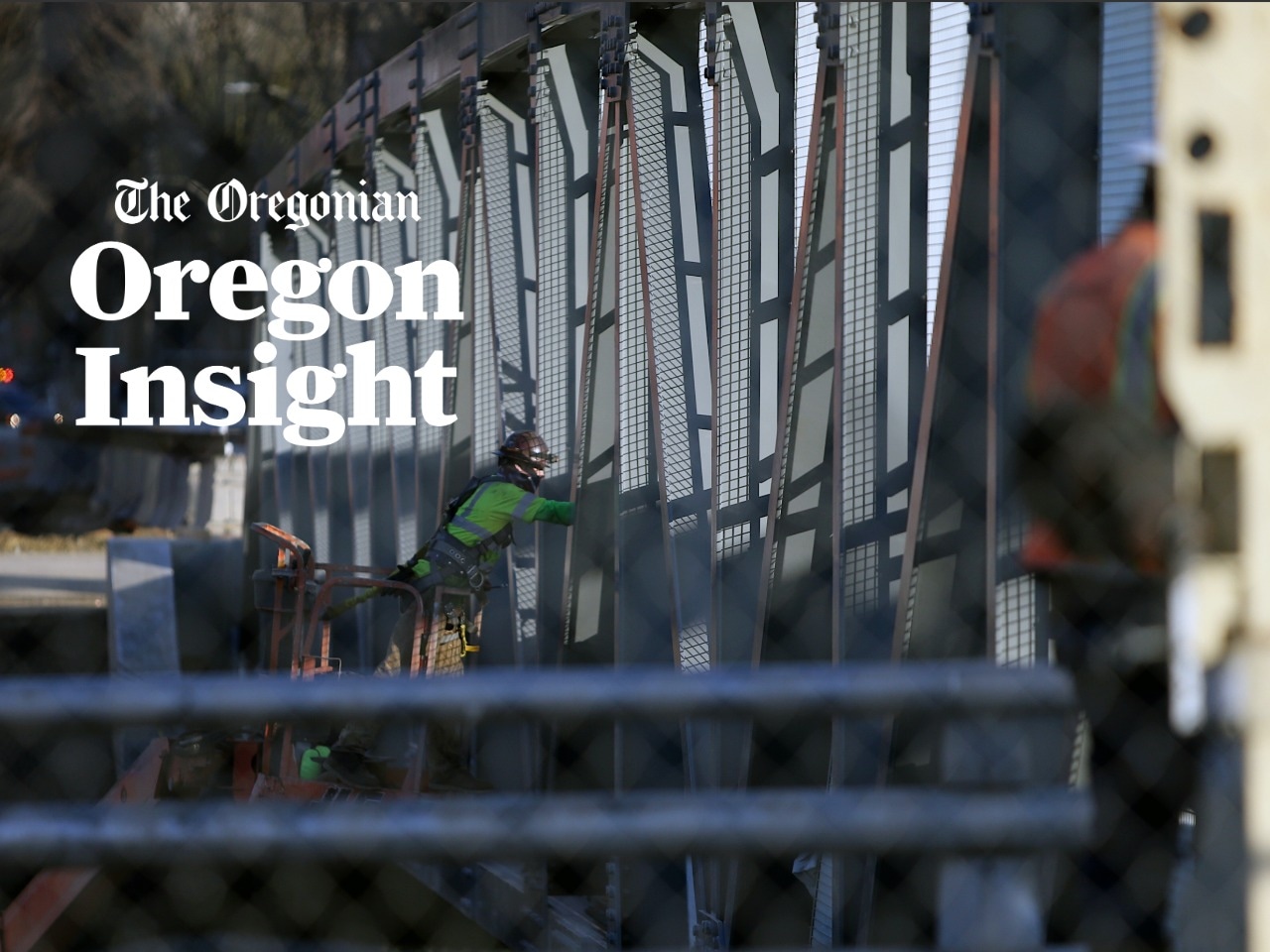More Oregonians are filing for longer periods of unemployment benefits this year compared to the last.
The state has seen a 17% increase in continued unemployment claims, data from the Oregon Employment Department shows, meaning more jobless Oregonians who have already filed for unemployment claims are still out of work a week later or beyond.
This year, the weekly average for continued unemployment claims is 33,400, compared to last year’s weekly average of 28,500 Oregonians filing for longer benefits. The rise suggests it’s getting harder for Oregonians who lose their jobs to find their next one.
That’s helping push the state’s jobless rate higher. Oregon’s unemployment rate rose to 4.9% in June — still low by historic standards but higher than the nationwide rate of 4.1%.
The jobs slump is a change from recent years, when Oregon saw vigorous job growth and recovery from a spike in unemployment during the pandemic. The state’s workforce grew last year by more than 20,000, with the health care sector expanding alongside an aging population in Oregon.
But recent layoffs in July, while not reflected in unemployment data yet, could increase Oregon’s unemployment rate in the upcoming months. Intel laid off 2,400 Oregon employees this month.
Nike also laid off some of its Oregon tech employees this June and has hinted at more cuts, though the numbers remain unclear.
“Obviously, the issue that Intel’s having and Nike has been having takes away some of the big employment generators in the region,” Jerry Johnson, principal of Johnson Economics said. “Beyond that, we’ve got a real shortage of industrial land supply and quality industrial land supply.”
Johnson said that the shortage in land supply has led to some developers around the state having trouble finding sites to work at, which points to the construction and manufacturing industries’ struggle with job growth and unemployment rises.
This June, those two industries were among the largest in ongoing unemployment claims, according to Gail Krumenauer, an Oregon Employment Department economist. The construction industry lost 400 jobs last month, and the manufacturing industry lost 1,200.
A decline in homebuilding may also weigh on the construction industry. Permits for new homes across Oregon declined from around 1,800 building permits each month in 2022 to an average of 1,107 monthly permits this year as of May.
Unemployment claims bubble seasonally every summer. Krumenauer said that’s in part due to school being out for the summer and some non-salaried staff, such as bus drivers or cafeteria workers, left without a job.
Some industries are growing.
Health care and social assistance jobs are on the rise in Oregon and across the nation, data shows. In Oregon, the industry’s employment increased by 5.3% compared to last year. Nationally, that sector increased in employment by 3.7%.
Johnson said that he’s expecting Oregon’s economy and job market to catch up to the national rate of expansion later in the year, particularly once the state’s largest companies complete their layoffs and begin to resolve the business problems that have hurt their sales.
“I still think we’ve got some structural things to work through for the large employers, but we’re trying to stay somewhat optimistic that we can pull out of this thing,” he said. “But it’s been sluggish. The unemployment rate is still historically quite low. It’s fighting up, but it’s fighting up from very low numbers.”
If you purchase a product or register for an account through a link on our site, we may receive compensation. By using this site, you consent to our User Agreement and agree that your clicks, interactions, and personal information may be collected, recorded, and/or stored by us and social media and other third-party partners in accordance with our Privacy Policy.

